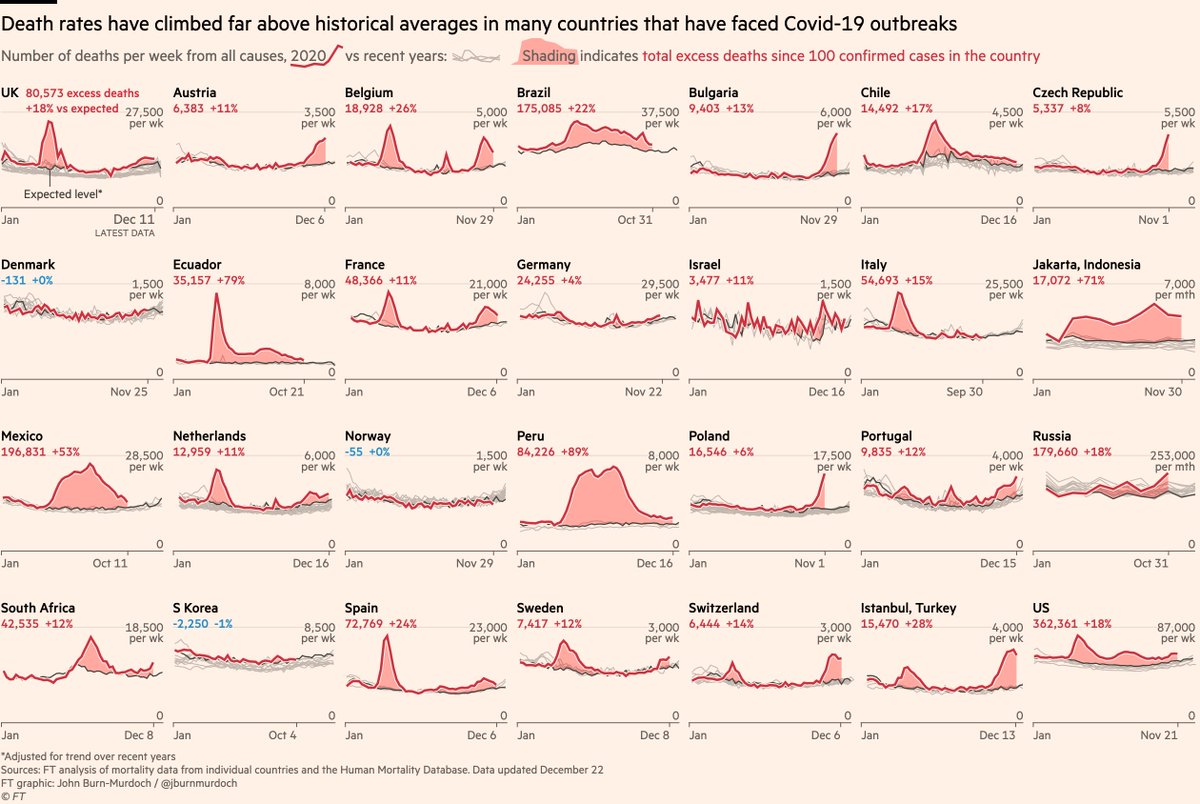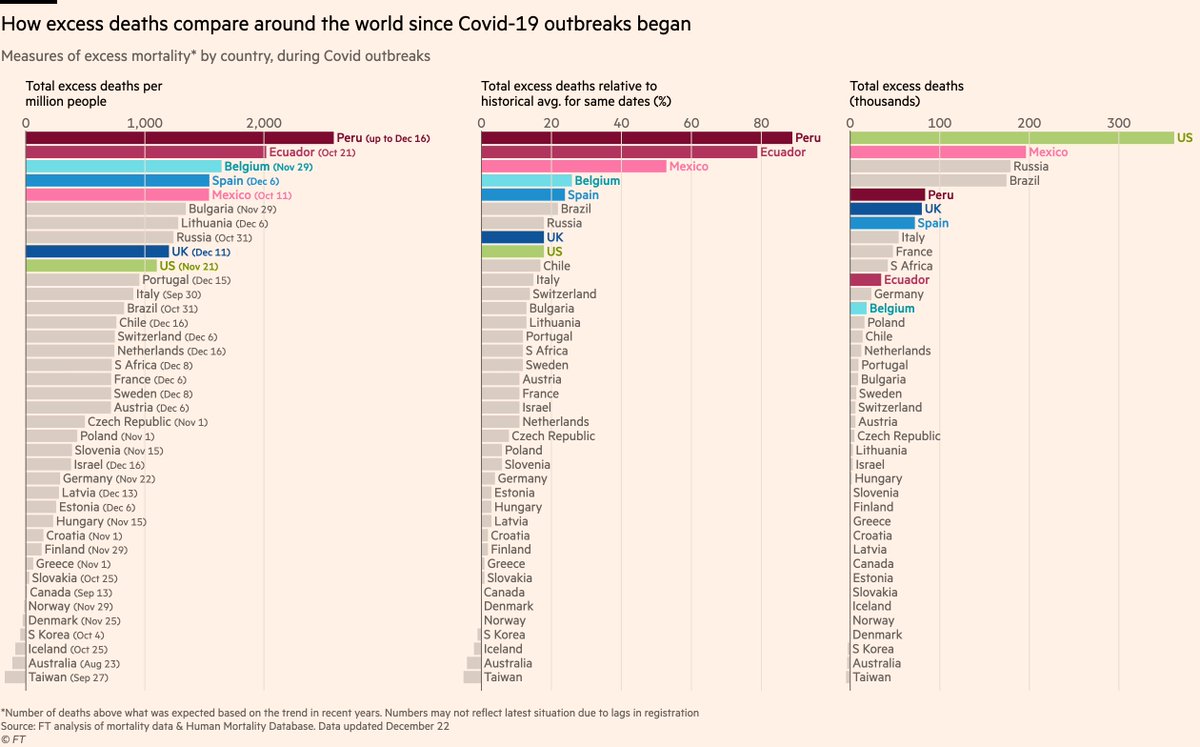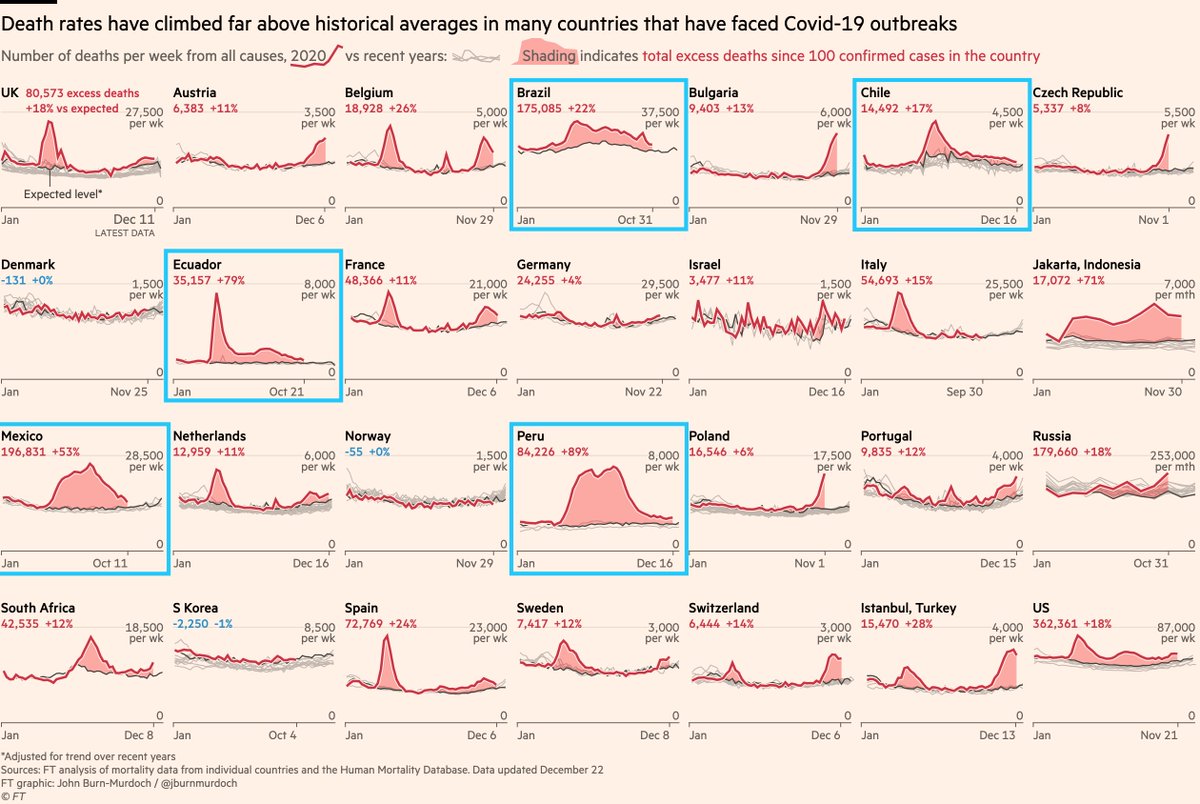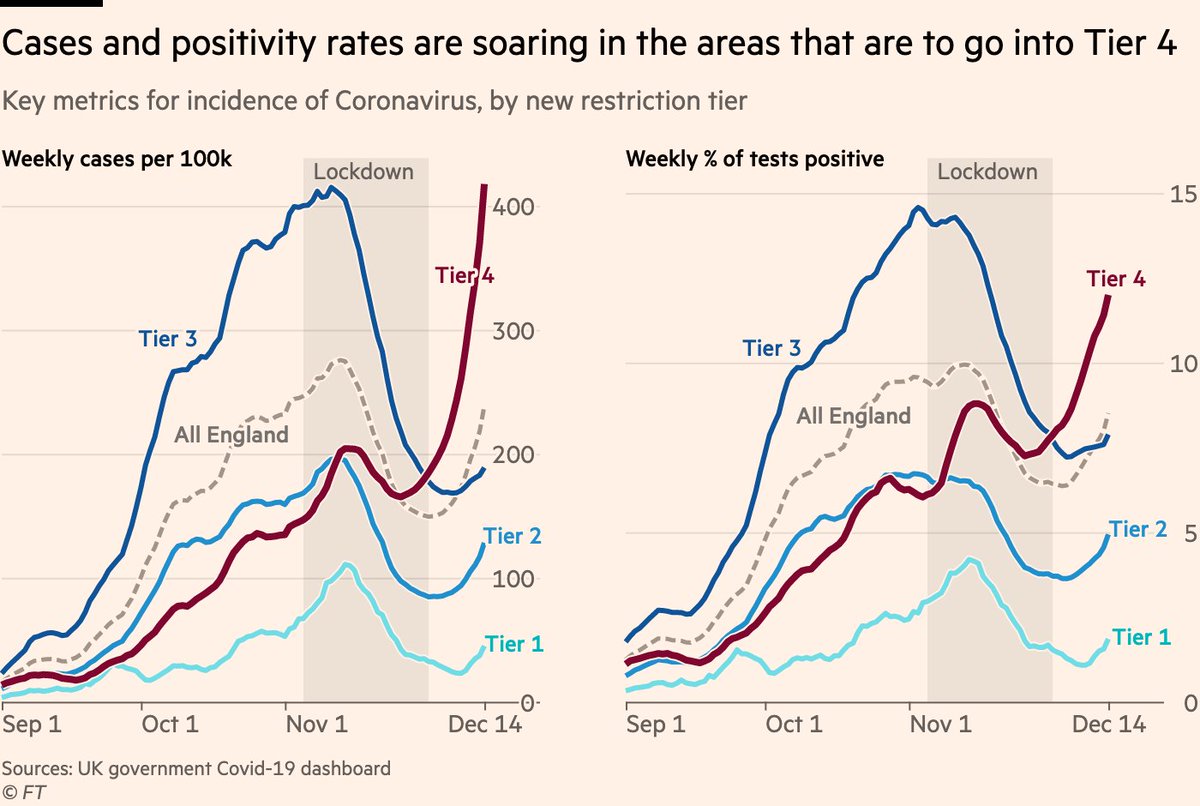
NEW chart thread:
The latest UK Covid data paints a dire picture, with London and much of the south now in a worse position than they were at the spring peak, and hospitals struggling to cope
18% of tests in London now come back positive, and rates are climbing everywhere.
The latest UK Covid data paints a dire picture, with London and much of the south now in a worse position than they were at the spring peak, and hospitals struggling to cope
18% of tests in London now come back positive, and rates are climbing everywhere.

The surge in infections is putting hospitals under immense pressure. London now has 5,524 Covid patients in hospital beds, surpassing its April peak.
There were 739 new Covid admissions or diagnoses on Monday, up 50% on the previous week. The steepness of these climbs is scary.
There were 739 new Covid admissions or diagnoses on Monday, up 50% on the previous week. The steepness of these climbs is scary.

London’s numbers are the most grim, but the same pattern is visible across most of England, with new hospital admissions and diagnoses now doubling every ~2 weeks in several regions. 

And the same is true of total hospital load, where the number of Covid patients in hospital beds is now above the spring peak in 4 of the 7 English regions, plus Wales, and indeed in aggregate across the UK. 

The numbers alone are grim, but it also helps to think about what they mean.
For example, as more and more hospital beds and ambulances are occupied with Covid, people with non-Covid illnesses and injuries are now at risk of missing out on urgent care
For example, as more and more hospital beds and ambulances are occupied with Covid, people with non-Covid illnesses and injuries are now at risk of missing out on urgent care
https://twitter.com/SRileyIDD/status/1343494025974833153
And as ever, it’s important to note that this is not only a UK issue.
Covid hospital occupancy rates are also climbing in the US, Sweden, Netherlands and Denmark among other countries.
Covid hospital occupancy rates are also climbing in the US, Sweden, Netherlands and Denmark among other countries.

Yesterday’s vaccine news was very promising, and provides a bright light at the end of the tunnel.
But it also means it’s all the more urgent to flatten the curve in the UK.
Stopping new infections today is not merely postponing illness for a later wave, it’s saving lives.
But it also means it’s all the more urgent to flatten the curve in the UK.
Stopping new infections today is not merely postponing illness for a later wave, it’s saving lives.
• • •
Missing some Tweet in this thread? You can try to
force a refresh
















